In recent months, we’ve seen a number of organisations begin to withdraw, either quietly or openly, from their ongoing commitments to diversity, equity, and inclusion (DE&I). For some, the political and social discussion around it has become uncomfortable. For others, DE&I initiatives are viewed as “complete” or, in some cases, no longer essential in a more cost-conscious environment.
But DE&I is not a passing trend. Neither is it a programme to be switched on and off depending on external pressures. It’s a core part of how successful, sustainable businesses operate, and the data backs this up. A recent study demonstrated that gender-diverse firms are 25% more likely to have higher profits, increasing to 36% for ethnically and culturally diverse companies. The bottom line is that diverse teams perform better. Inclusive cultures retain talent longer. Equity. Builds. Trust.
Across my career, and especially in the fast-moving technology sector, I’ve seen how DE&I directly impacts organisational outcomes. This is not just about fairness, though fairness should never be sidelined. It’s also about business performance, innovation, resilience, and reputation.
The Role of Meaningful Measurement
There’s a common misconception that DEI equals quotas. It doesn’t. At least, it shouldn’t. But we do need to measure it. Measurement isn’t about optics; it’s about accountability. It shows whether the steps we’re taking are making a real difference. At our organisation, we track gender representation, gender pay equity, and ethnic diversity, not for vanity metrics but to guide strategic decisions and benchmark progress. This kind of measurement is essential. In 2024, the ONS reported the gender pay gap for full-time employees at 7%, meaning it could be 2065 before we see the gap close entirely.
And that’s why these insights matter. It helps us see clearly where we’re moving forward and where we still have work to do.
Challenges Are Not Excuses
In technology, it is no great secret that the talent pipeline itself isn’t balanced. The ratio of male to female graduates entering tech roles continues to skew heavily male. That reality can’t be ignored, and it can’t be used as an excuse for inaction. Instead, it’s a challenge that demands creativity, long-term thinking, and genuine commitment to making a positive change.
When I joined our company, women made up just 26% of our workforce. Today, we’re over 30% – a modest, steady improvement, but a signal that progress is possible when it’s intentional.
Culture is the Long Game
The most valuable DE&I outcomes aren’t always visible in a spreadsheet. They show up in the way people feel. In our organisation, one of the most common things we hear from new starters is how inclusive and welcoming the culture is. That matters. Belonging isn’t a side effect of good culture – it’s a core ingredient that leads to growth and success.
An inclusive culture is built through countless small decisions, such as how meetings are run, feedback is gathered, and policies are shaped.
We talk a lot about “moments that matter” in our employee experience. These are represented as key points in a person’s journey where inclusion must be felt, not just promised at the application. Whether that’s onboarding, a promotion conversation, parental leave, or returning to work, those are moments that matter, where fairness, empathy, and belonging have to show up in meaningful action.
We’ve created employee-led resource groups that review and help evolve our people policies, ensuring that what’s written reflects the needs and realities of the people it impacts. This kind of funnelling-up involvement creates policies that are not only inclusive but also effective.
Embedding DE&I Into Leadership
One of the most overlooked parts of DE&I, and one of the questions I get asked most, is the role of inclusive leadership. It’s not enough to hire diversely. We have to lead inclusively. That means making a space for different voices and communication styles, being aware of unconscious biases, and creating psychologically safe environments where people feel comfortable speaking up.
These aren’t “nice-to-haves.” They’re leadership essentials in today’s world of work.
A Non-Negotiable Business Requirement
The case for DE&I has been well-established. But now, more than ever, it requires sustained leadership. We operate in an increasingly complex and connected environment. If we want to attract the best talent, build adaptable teams, and foster innovation, then inclusion can’t be an optional strategy.
As an organisation, we remain completely committed to our DE&I goals, not just in principle, but in action. That includes dedicated initiatives such as our female leadership programme, designed to support the progression of women across the business and to ensure that our pipeline of future leaders reflects the diversity we value. This matters, particularly in the tech sector, where women still hold just 32% of senior roles – even when they make up half the leadership. Representation at the top needs just as much focus as progress at the entry level.
DE&I has to be embedded in how we hire, how we lead, how we listen, and how we measure success. Because when DE&I is part of an organisation’s fabric, not a side initiative or a tick-box exercise, it delivers real, lasting impact.







